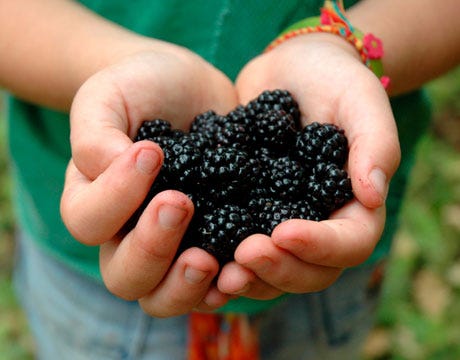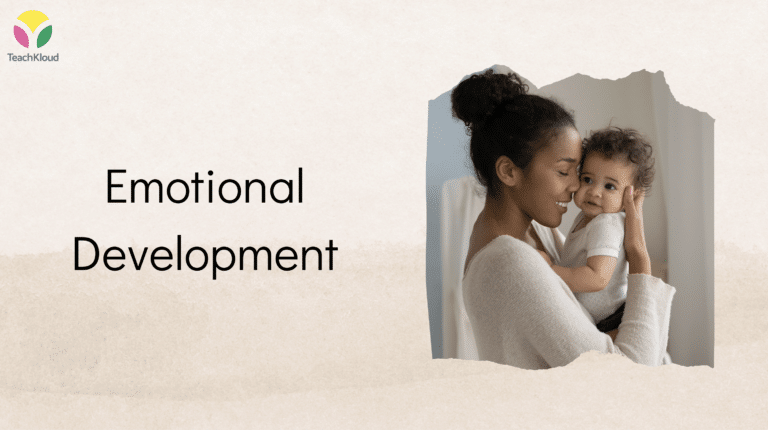What is proprioception?
Author: Alison from Tiny Land
I have been invited to write an article and wanted to cover a sensory topic. Today was the last day of term for our preschoolers. A few of us mums decided to meet in the park for a picnic. As the children were playing, I started picking the blackberries and plums growing nearby.

I had waited weeks for these and was so pleased to see them ready while I was there. They have been really early this year! I’ve never picked them in July. One of the boys was a 2 year old who is very ‘heavy handed’. Earlier he took a run up to my 2 year old to push him. His mum dealt with it very well — she is used to it.
So I invited him and his brother to come and pick some blackberries with me. I was very interested to see whether he could pick the berries without crushing them, and he did a good job. This made me think that the proprioceptive system would be perfect to cover in my topic!
So you know that the brain tells our muscles how to move..but did you know this was a 2 way street? The muscles send messages back to our brains about their movement and position too. This system enables us to coordinate our movement and utilise the correct level of force — for example how tightly to hold on to a blackberry to pick it from it’s branch — and yet gently enough to not crush it! We can learn to play and move without even looking!
Children can learn to write without breaking their pencils. Crayons I find I am always snapping in half when I join my children in colouring in — let alone those with proprioception issues! (I sell unbreakable crayons by the way — who wants to keep buying crayons? Visit us here
A healthy proprioceptive system is shown in a child who can move, play and explore in a smooth and co-ordinated way — not too gentle or rough.
An unhealthy proprioceptive system may make itself known in children who use too little force, or are rough players. Poor body awareness clumsiness, or struggling with an upright posture are also signs. Chewing excessively is also related to this system. All of these are examples and are not mutually exclusive or an exhaustive list.
To support these children, they need more information to their brains about movement. “Heavy work” is a great way to do this. You can involve them in safely carrying books, or pushing a wheelbarrow. A sneaky way to get your kids to do some chores!
There is also a wonderfully artistic way of ‘stomping’ and recycling at the same time!
Best done in the garden!
1. Get some bubble wrap and cover it in child safe paint. I have plant-based finger paints here:
2. Place it over a secured sheet of paper
3. Allow your child to jump and stomp and pop as many bubbles as they can
4. Lift up the bubble wrap to reveal your child’s art!
I hope you enjoyed this and find it useful. It’s always good fun to allow
children to explore and channel their energy or habits into a controlled
activity. E.g. if your child regularly pushes, or throws things — try the above!
Best Wishes,
Alison from Tiny Land
Find more on the Tiny Land Website, Instagram and Facebook




